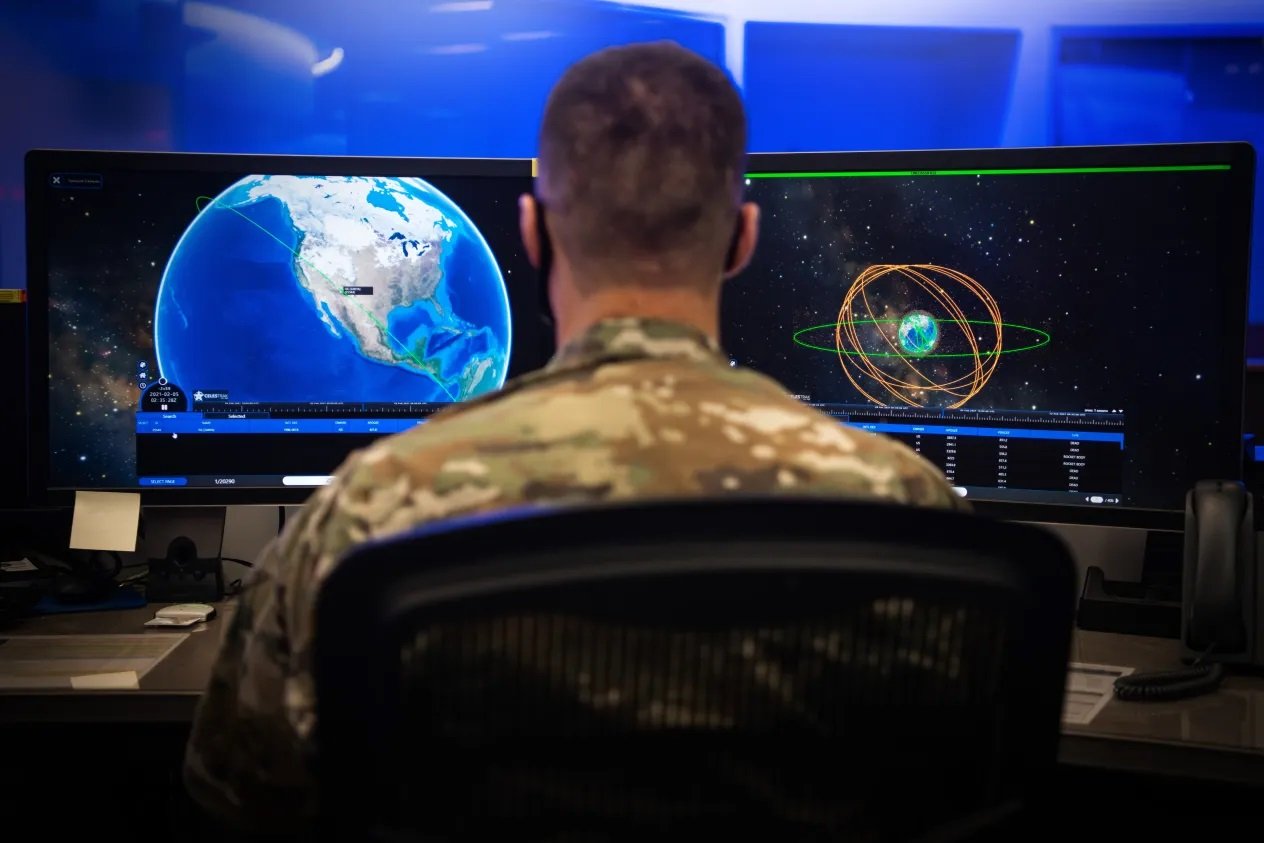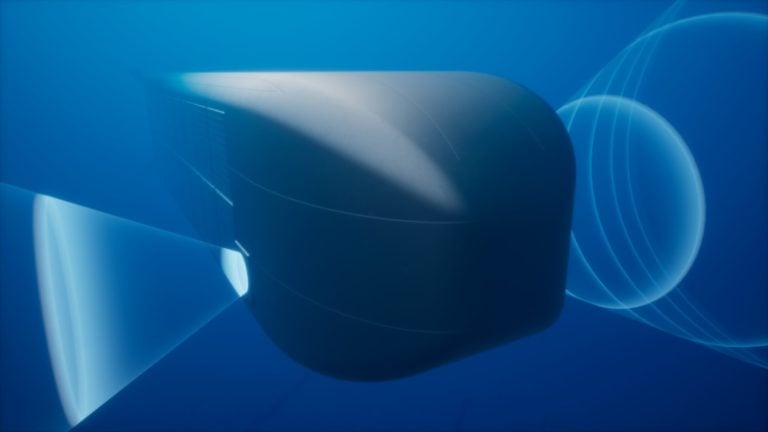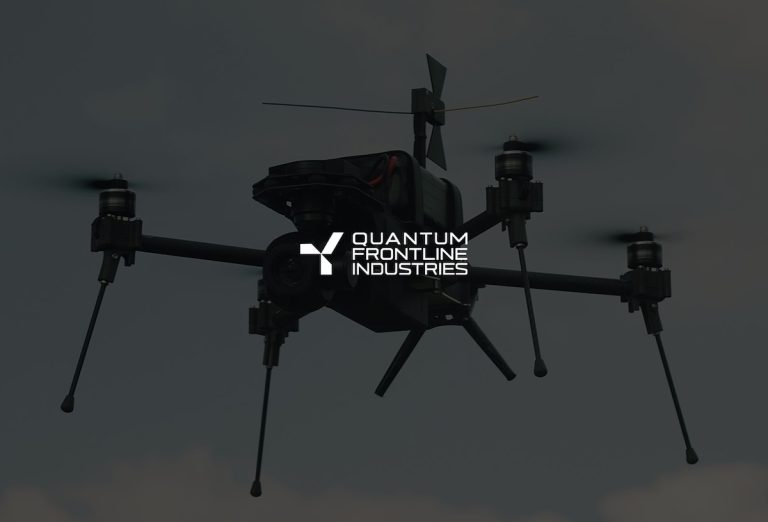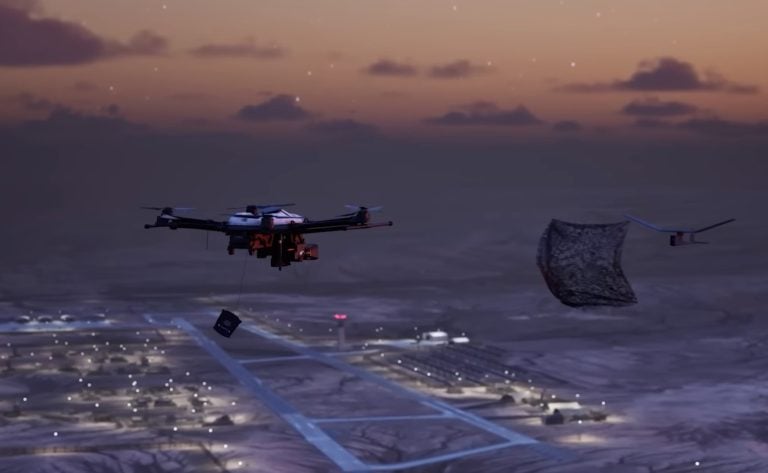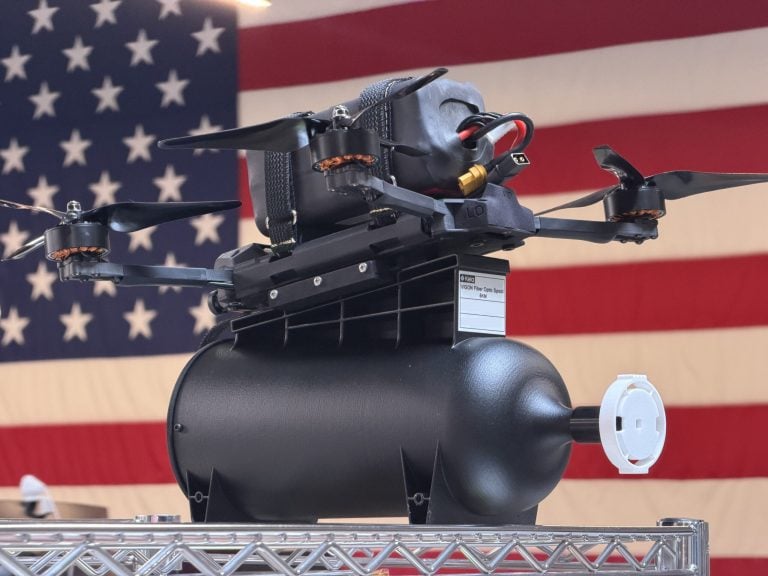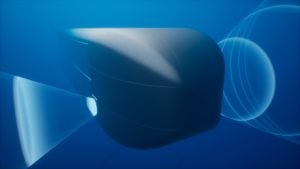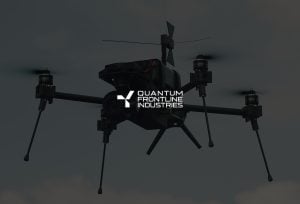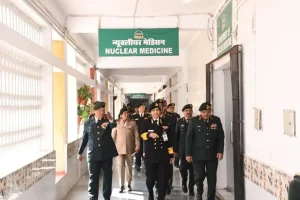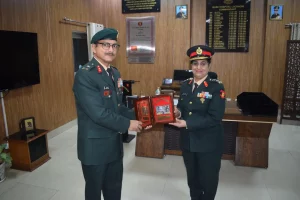The US Space Force has officially granted operational acceptance for the groundbreaking Survivable Endurable Evolution (S2E2), a state-of-the-art ground system designed to enhance missile threat detection capabilities. This new system marks a significant upgrade, replacing the outdated Mobile Ground System, which dates back to the 1960s and was originally developed to support the Defense Support Program.
S2E2 is a modern, transportable station that processes critical data from the Space Based Infrared System (SBIRS) satellite network and the nuclear detonation (NUDET) detection system. Its implementation is expected to significantly improve the survivability and resilience of US defense operations, particularly in contested and degraded environments.
Capt. Morgan Records, deputy program manager for the Space Systems Command Infrastructure Branch, emphasized the advancements offered by S2E2, stating, “S2E2 will deliver the first-ever high data rate missile warning messages, enabling faster and more detailed transmission of critical data.” This capability implies that national command authorities will now receive high-fidelity missile warning and NUDET information more rapidly and accurately than ever before.
The recent operational acceptance confirms that S2E2 is fully approved for use and equipped to work in conjunction with the existing SBIRS system. Designed to function across all phases of conflict, S2E2 aims to enhance both the endurance and resilience of the United States’ missile warning systems as well as those of its allies. By integrating command and control operations, the system combines satellite-based sensors with ground-based processing to facilitate real-time threat alerts.
The capabilities of S2E2 extend to providing early missile warnings and supporting GPS-based nuclear detonation detection, thereby enabling faster attack assessments and informed response planning. The SBIRS architecture consists of satellites in geosynchronous orbit paired with sensors in a highly elliptical orbit, ensuring continuous global surveillance and monitoring.
The oversight of the S2E2 program is under the jurisdiction of the US Air Force Space and Missile Systems Center’s Remote Sensing Systems Directorate. Lockheed Martin plays a crucial role in the engineering and satellite development aspects of the project, while Northrop Grumman provides the infrared sensor payloads that are essential to its operation.
